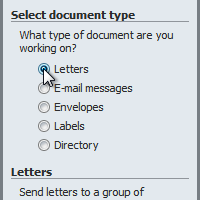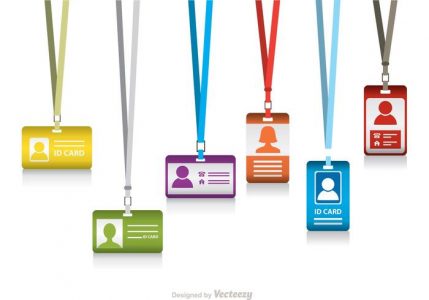
- #HOW TO DO A MAIL MERGE IN WORD FOR NAME TAGS HOW TO#
- #HOW TO DO A MAIL MERGE IN WORD FOR NAME TAGS CODE#
- #HOW TO DO A MAIL MERGE IN WORD FOR NAME TAGS ZIP#
#HOW TO DO A MAIL MERGE IN WORD FOR NAME TAGS ZIP#
See notes on zip codes if you are having a problem with zip codes in Excel.Ĭolumn headings are required in row 1 in Excel for field identification in Mail Merge. Will convert your table to labels without any problem and maintain the labelīoundaries therefore, Excel by itself is not suited to the task of creating labels, but Excel with Mail Merge in Word works just fine.ĭirections for preparing data in Excel to print Labels (#preparation) Excel does not give you reformatting options to createĪnother sheet using the information, you would have to write a macro.

I found this a little tricky first time but have done this from both XL95 and XL2000.Įxcel makes a nice table column for name,Īddress, city, zip state, zip code. Using Mail Merge with data from Excel Location: Home page: Įxcel can be used to supply the data to mailmerge in MS Word. This is the way we can automate mail merge through VBA in Microsoft Excel.Mail Merge, Printing Labels using Mail Merge with data from Excel Mail Merge, Printing Labels Letter will get updated according to the mentioned details in main data.And, then you will get the below shown document.After that, you will get new message box to enter the last record of point. Then you have to enter first record point.To run the code, press key F5 on the keyboard.Then we will define the data and range that we want to capture in letter. Then we have created message box for transmitting the message. Sheets("Report").Range("A11") = "Dear" & " " & name & ","Ĭode Explanation: - First, we will define the variables then we will define the date and date format, then we will define the last row and start row. Sheets("Report").Range("A7") = name &vbCrLf&Street_Address&vbCrLf& city & region & country &vbCrLf& postal Street_Address = Sheets("Main_data").Cells(i, 2)Ĭountry = Sheets("Main_data").Cells(i, 5) Msg = "ERROR" &vbCrLf& "Starting row must be less than last row" Lastrow = InputBox("Enter the last record to print.")

Startrow = InputBox("Enter the first record to print.") WRP.Range("A9").HorizontalAlignment = xlLeft WRP.Range("A9").NumberFormat = "dddd,mmmm,dd,yyyy"
#HOW TO DO A MAIL MERGE IN WORD FOR NAME TAGS CODE#
There is one command button to move in the report sheet.Ģ nd sheet is having the letter format with 2 command buttons one button to move on the data sheet and second command button is to work for mail mergeįirstly, we will write the VBA code for command button of Main Data. In first data, column A contains Name, column B contains street address, column C contains city, column D region, and column E and column F contain postal zip. 1 sheet contains data with details to whom we want to give letters. We have a letter format in Report sheet, and we want to apply mail merge through VBA in which we want to change the letter details as well. Let’s understand with a simple exercise:.

To perform such operation, we use Microsoft Word. Mail Merge: - This is the source to merge the data’s information into text and then print the document.
#HOW TO DO A MAIL MERGE IN WORD FOR NAME TAGS HOW TO#
In this article, we are going to learn how to automate the mail merge by using the VBA in Microsoft Excel.


 0 kommentar(er)
0 kommentar(er)
